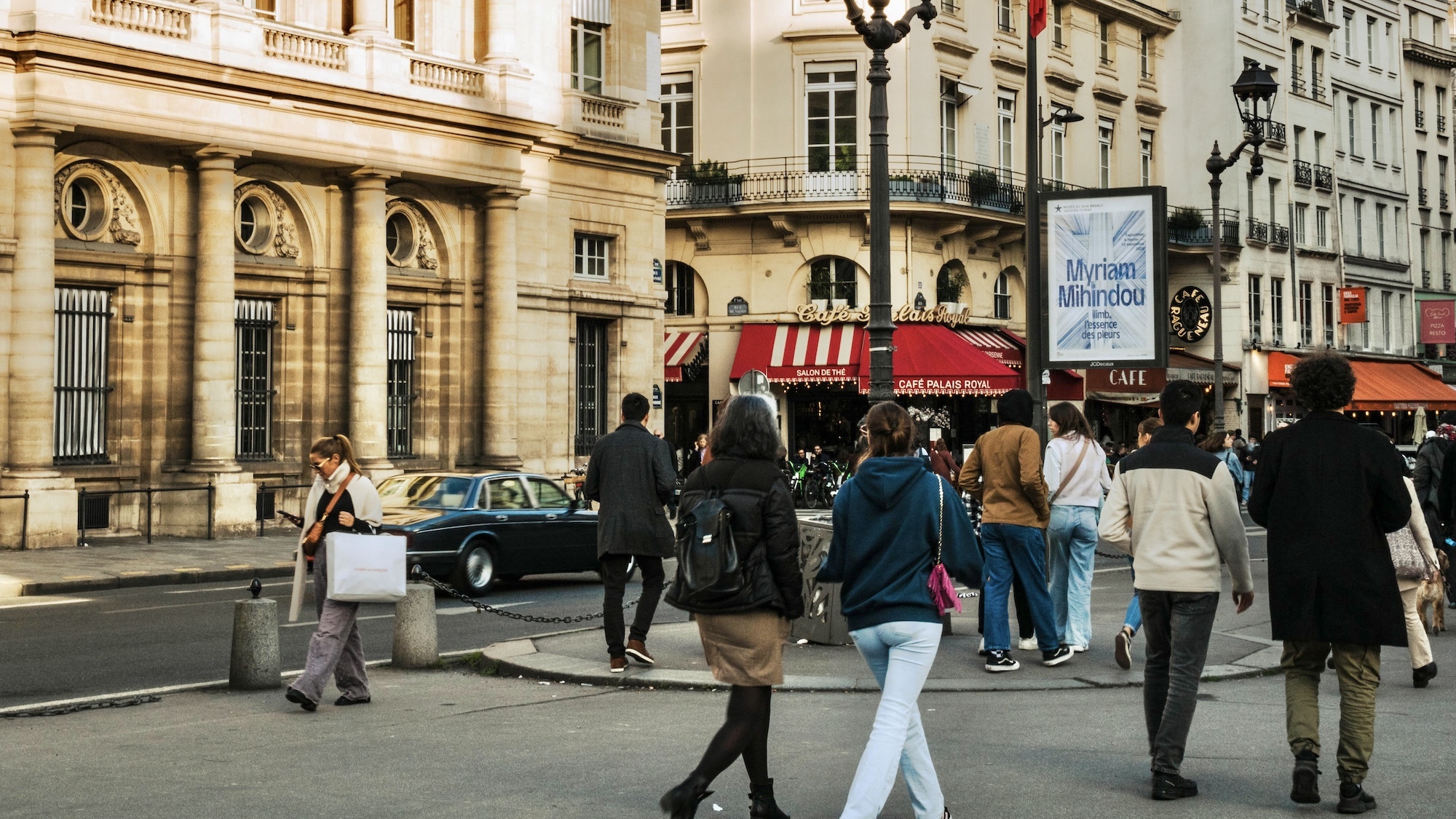Can you believe it? Paris, the most populous city in France, is home to 2,133,111 million inhabitants in 2021 according to INSEE data, but only 30% of them were actually born in the capital.
.See this post on Instagram
A realization that is not new at all
In the 19th century, the capital experienced a significant demographic increase, going from 547,756 inhabitants in 1801 to 2,660,559 in 1901, a gain of more than 2.1 million people, as historian Sandra Brée explains in her book Paris, the City of Light. The city has always been a magnet for people seeking new opportunities and a vibrant cultural scene.The growth of population in Paris and its suburbs is not a recent phenomenon. It is a result of the migratory influx caused by massive industrialization. Initially, migrations were mostly seasonal and male, but over time, they became a mix of both genders and more permanent, fueled by the economic boom in the region. As a result, fewer women and children were left behind. Historians explain that this trend is not new. Between 1861 and 1901, only about 37.6% of Parisians were actually from the capital. In 2014, INSEE estimated that a third of native Île-de-France residents had left the region.
Voir cette publication sur Instagram
Parisians from all over France and the world
Parisians, indeed, but by adoption. According to INSEE, 25% of the capital's inhabitants were born abroad, mainly in Africa, other European countries, or in Asia. 28% come from other regions of France, mainly from Auvergne-Rhône-Alpes, Nouvelle-Aquitaine, and Grand Est. These populations are mainly attracted by the educational and professional opportunities offered by the capital. 45% of the active population work as executives or belong to higher intellectual professions, as indicated by INSEE.
